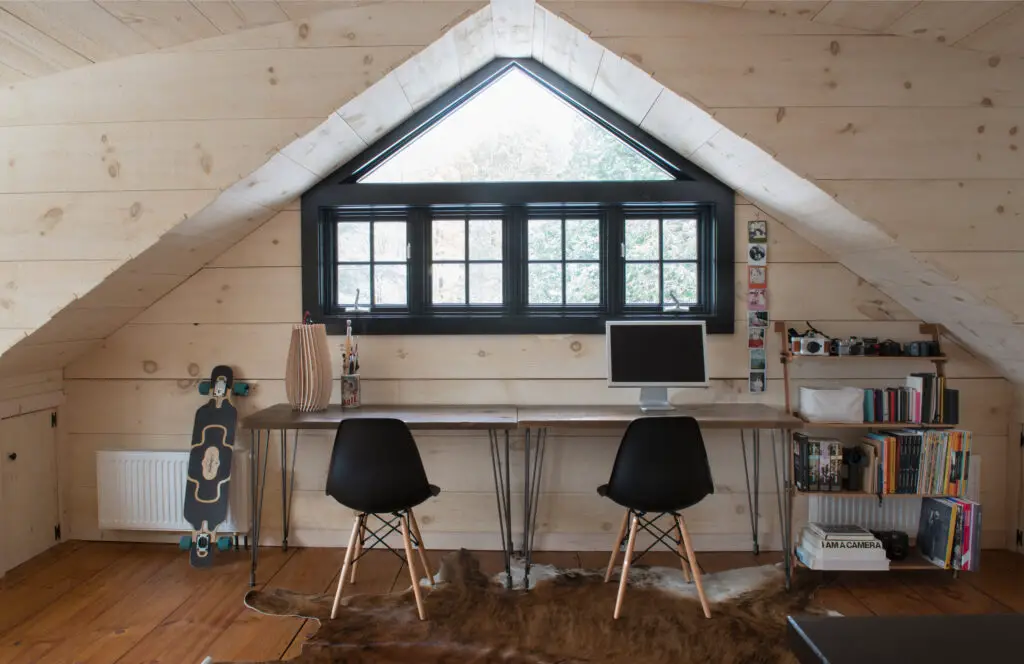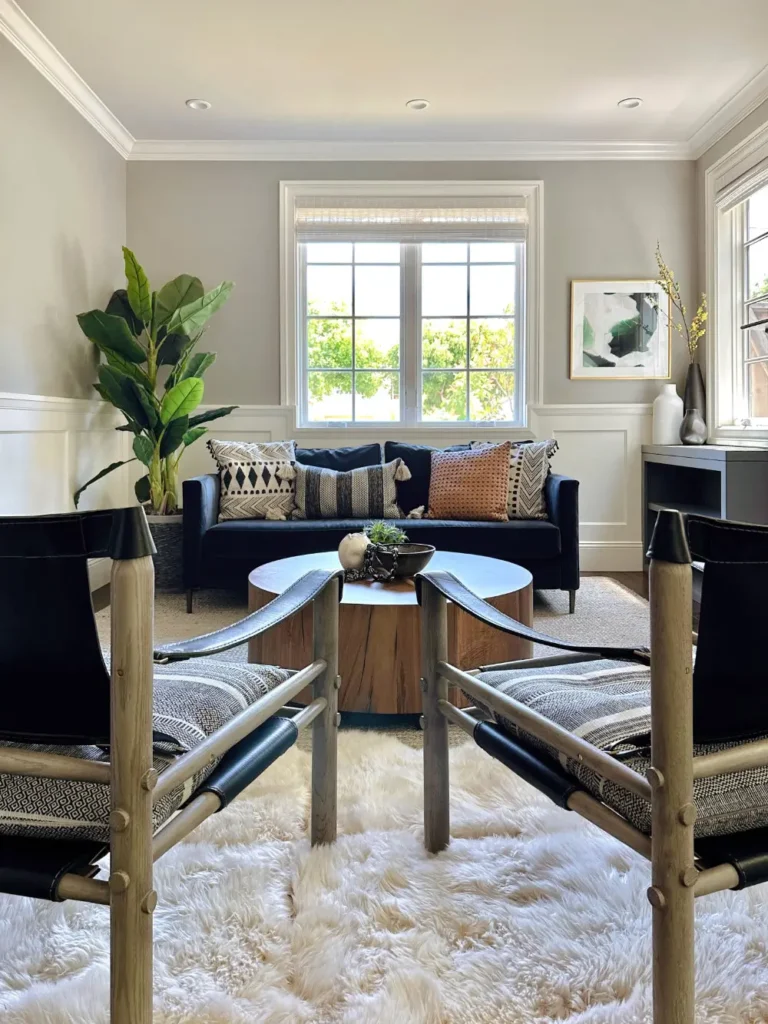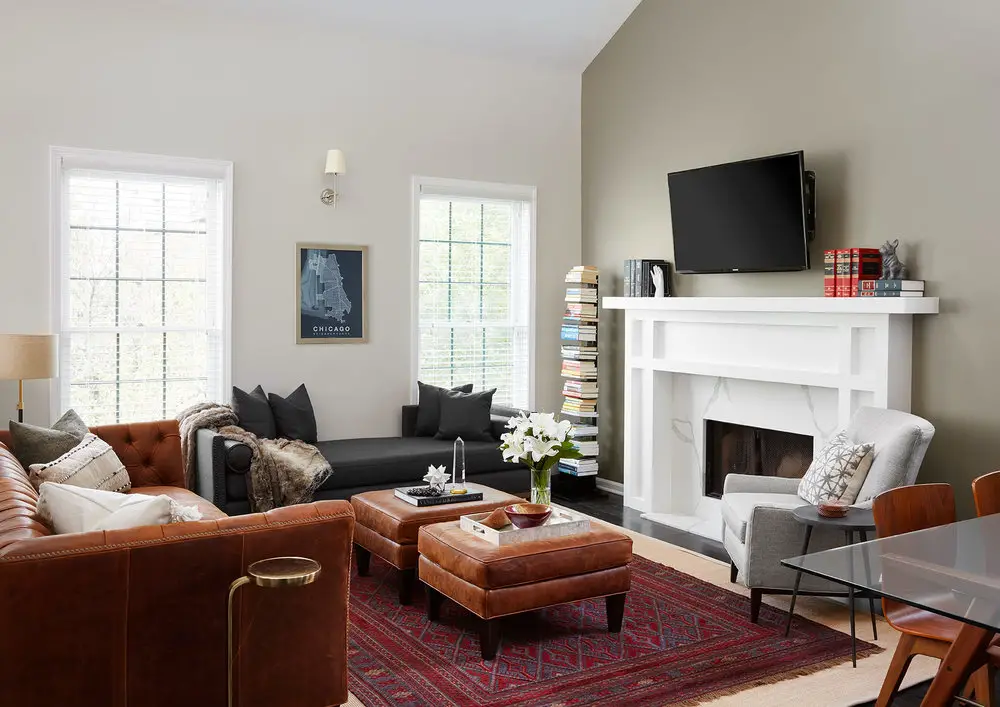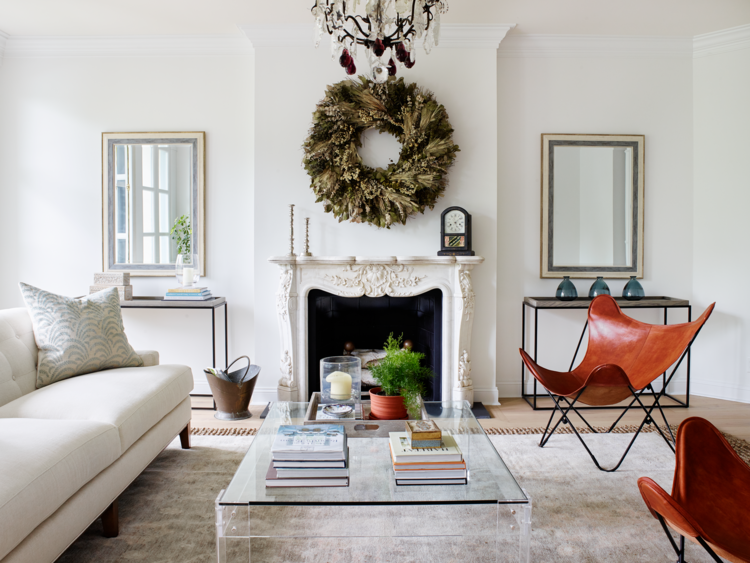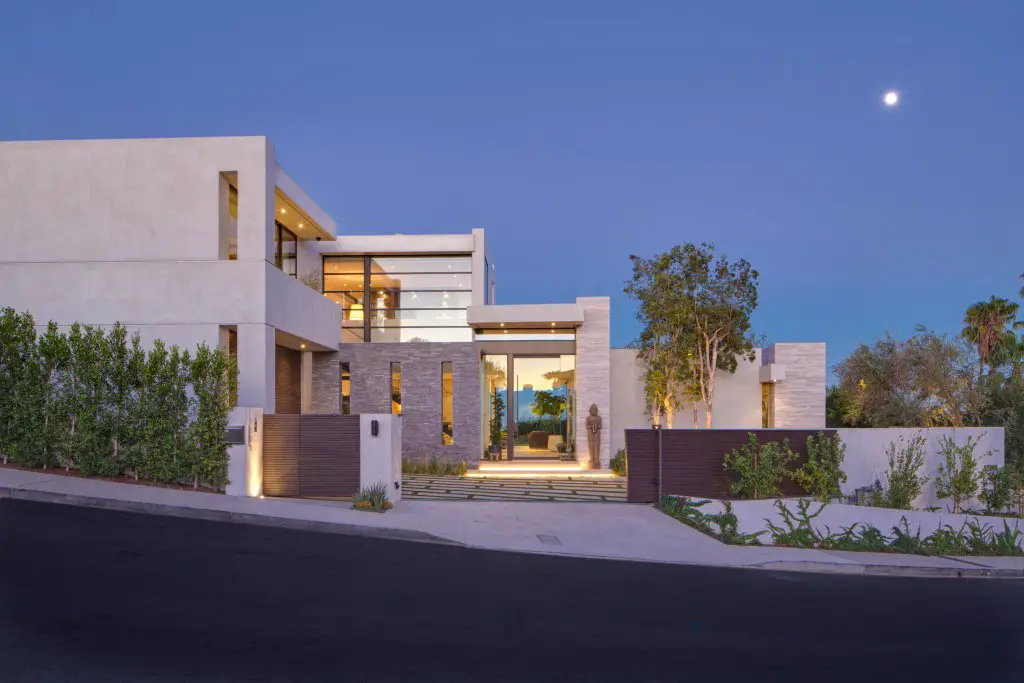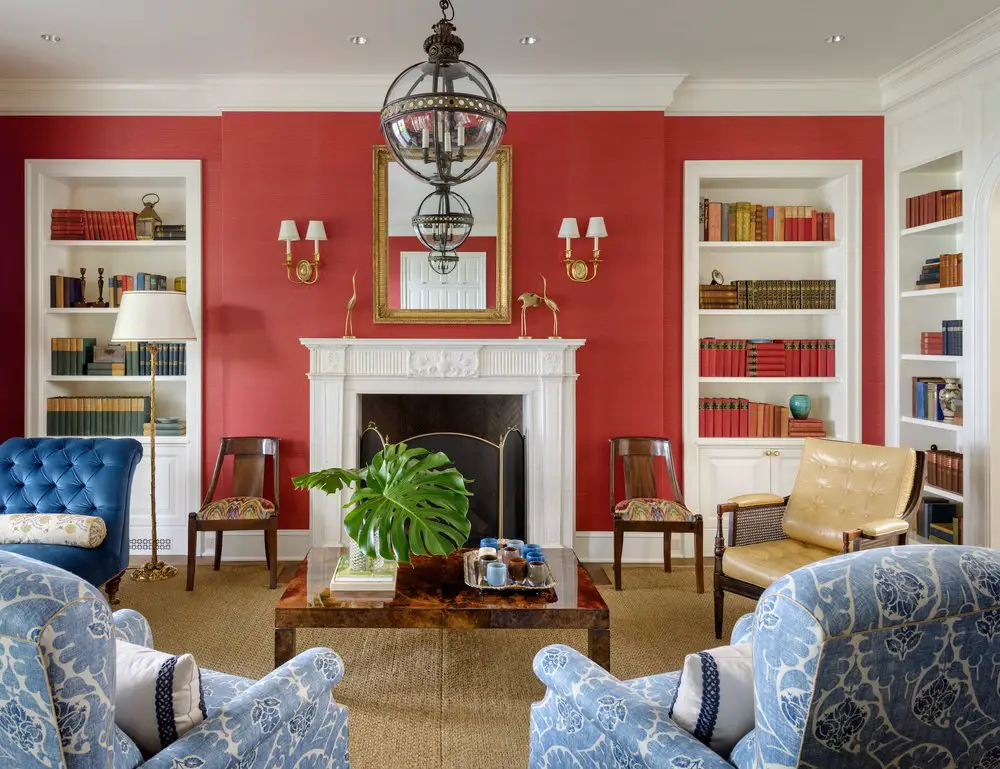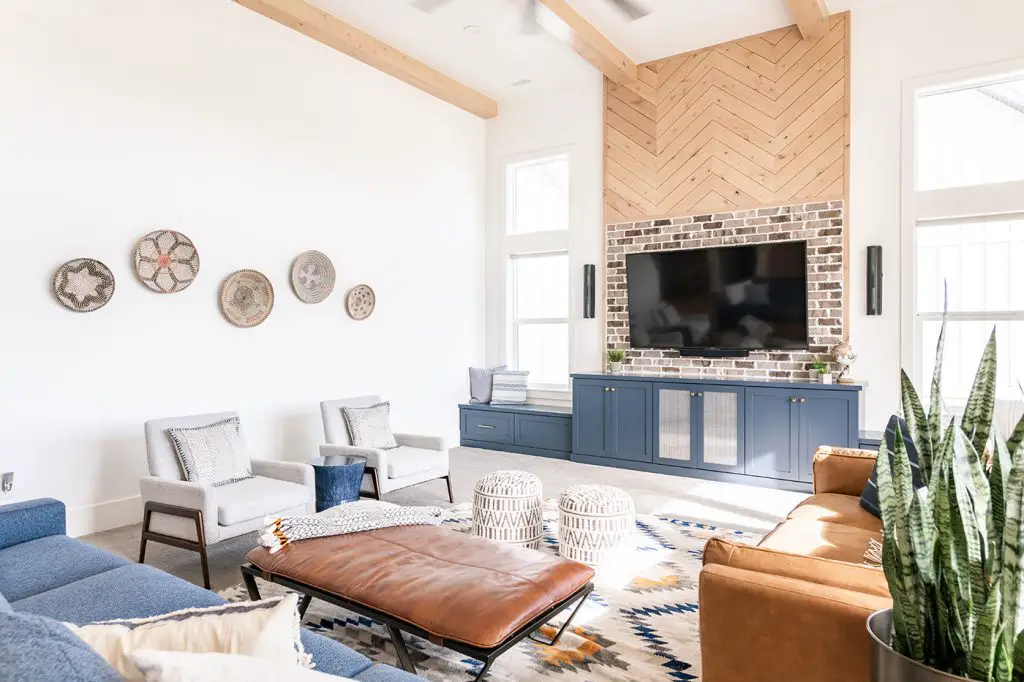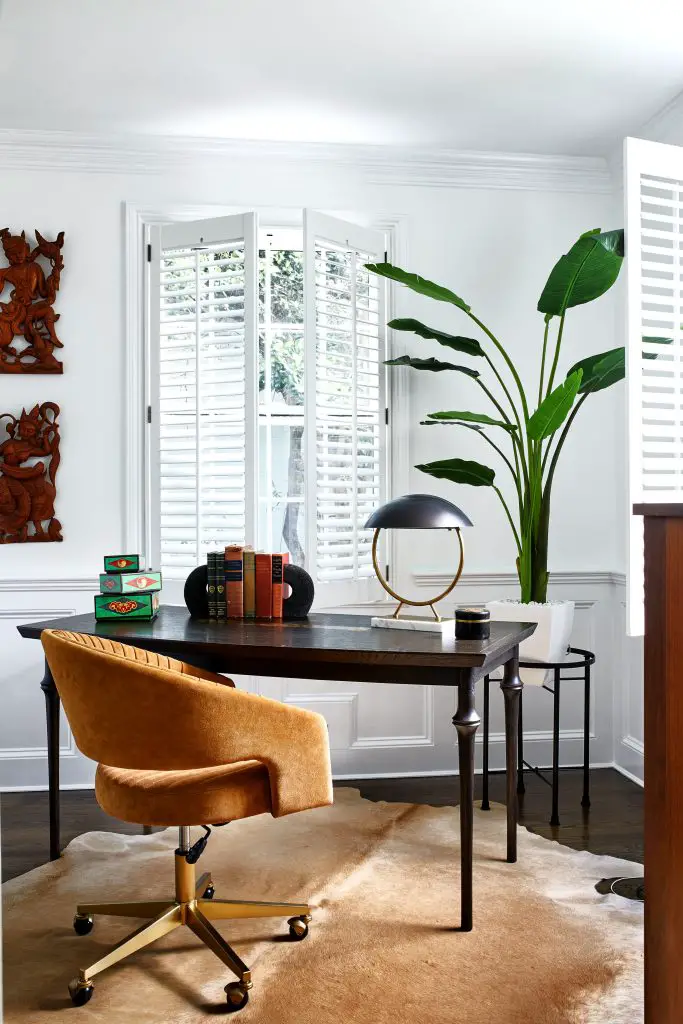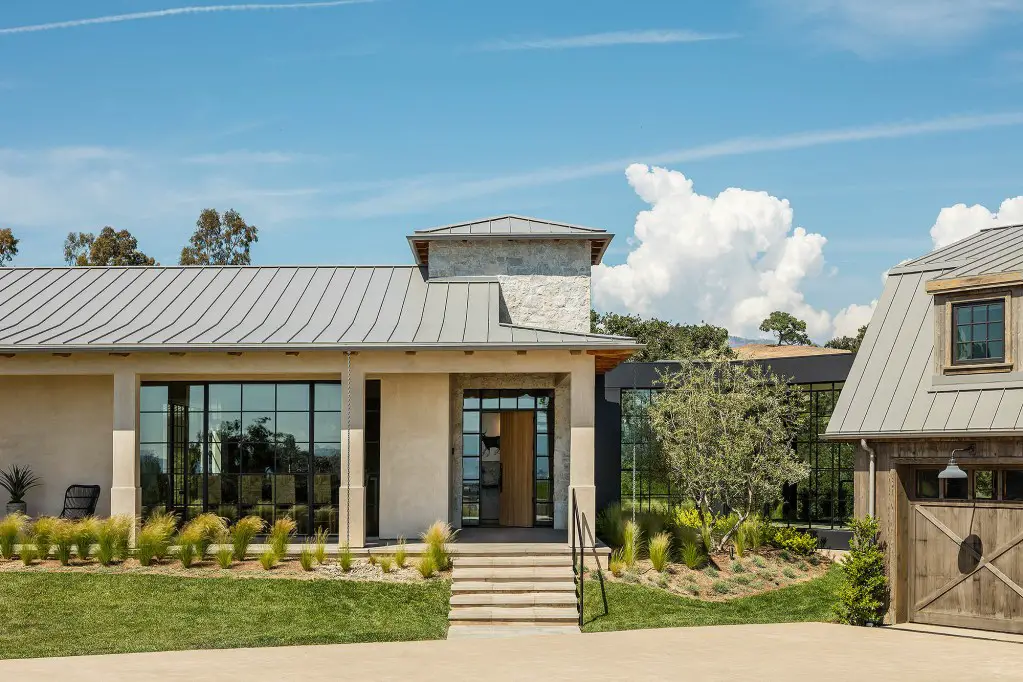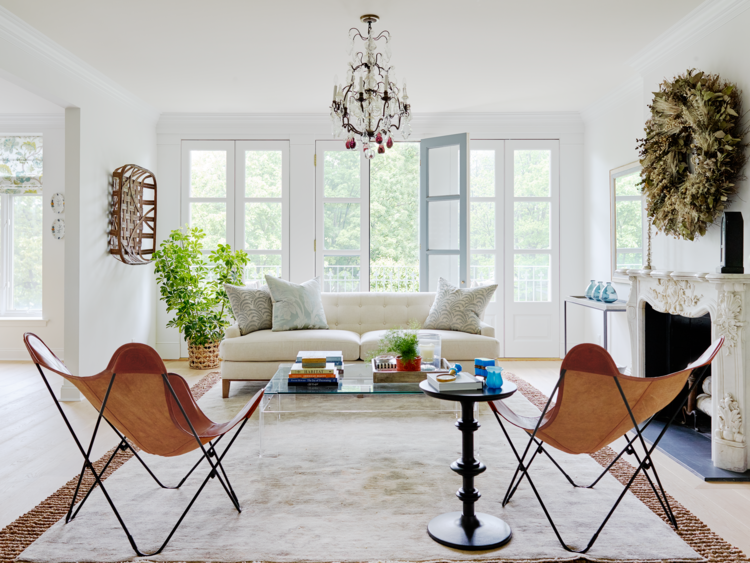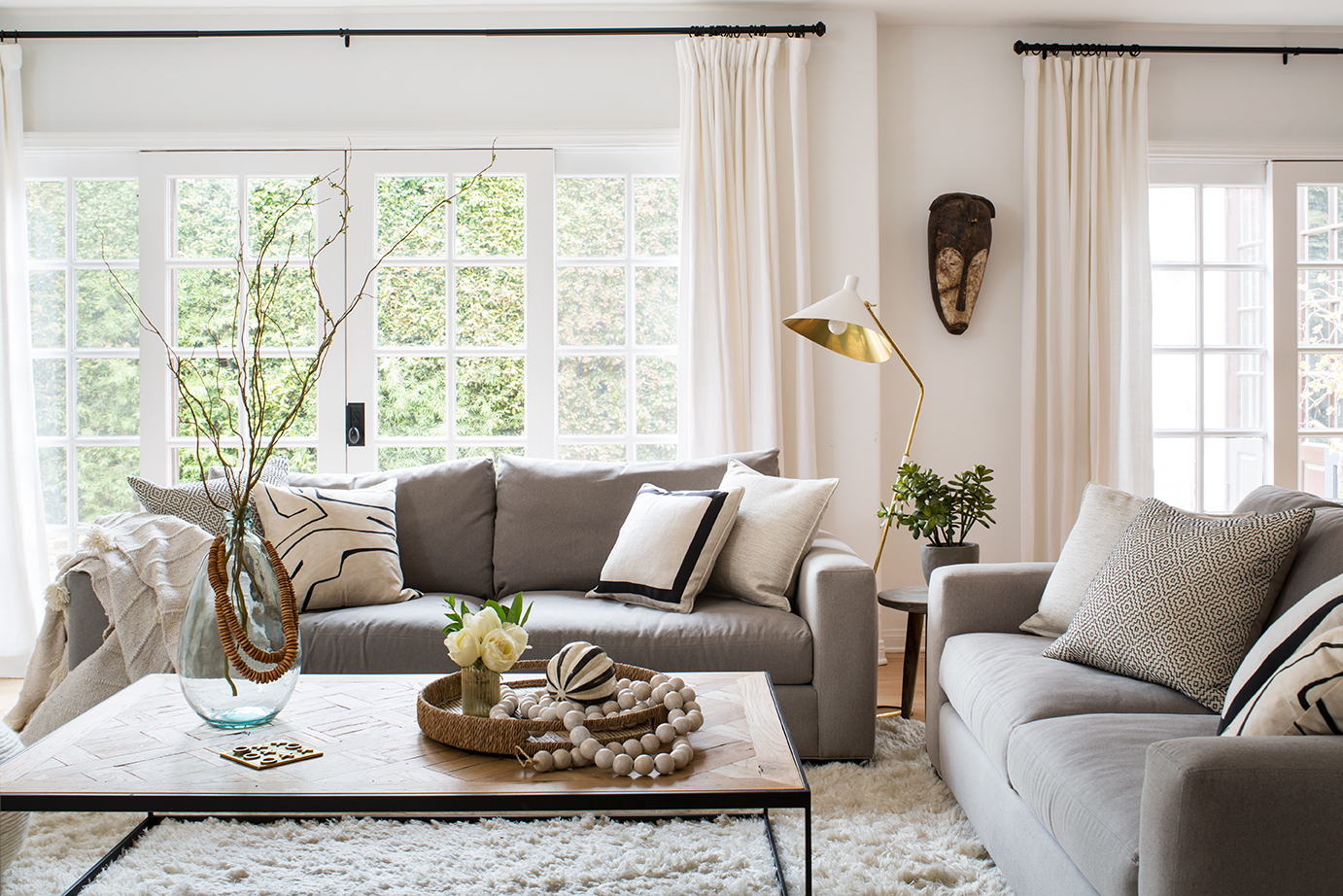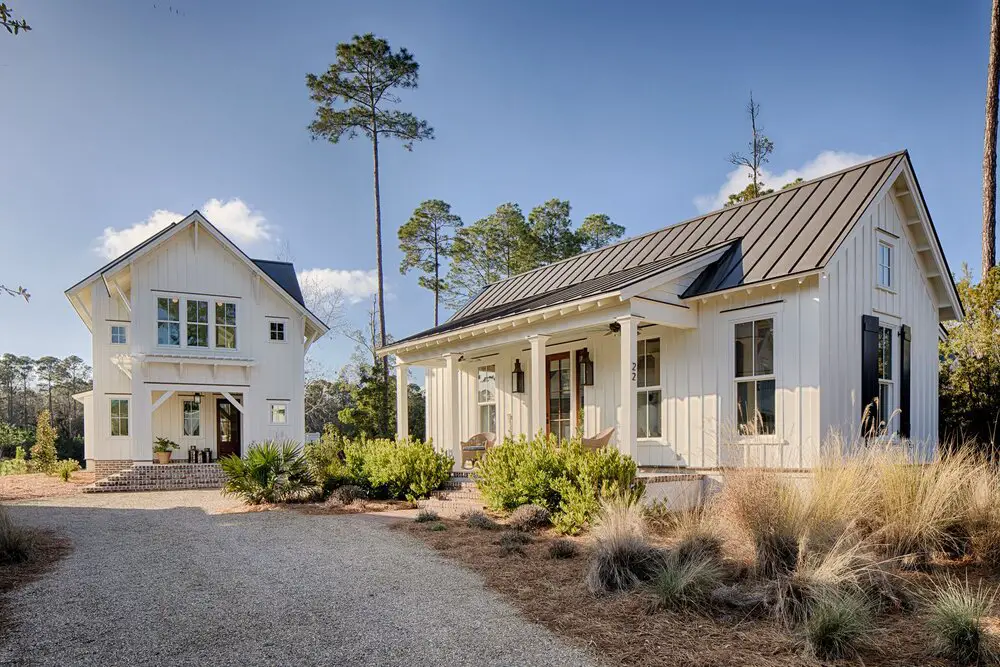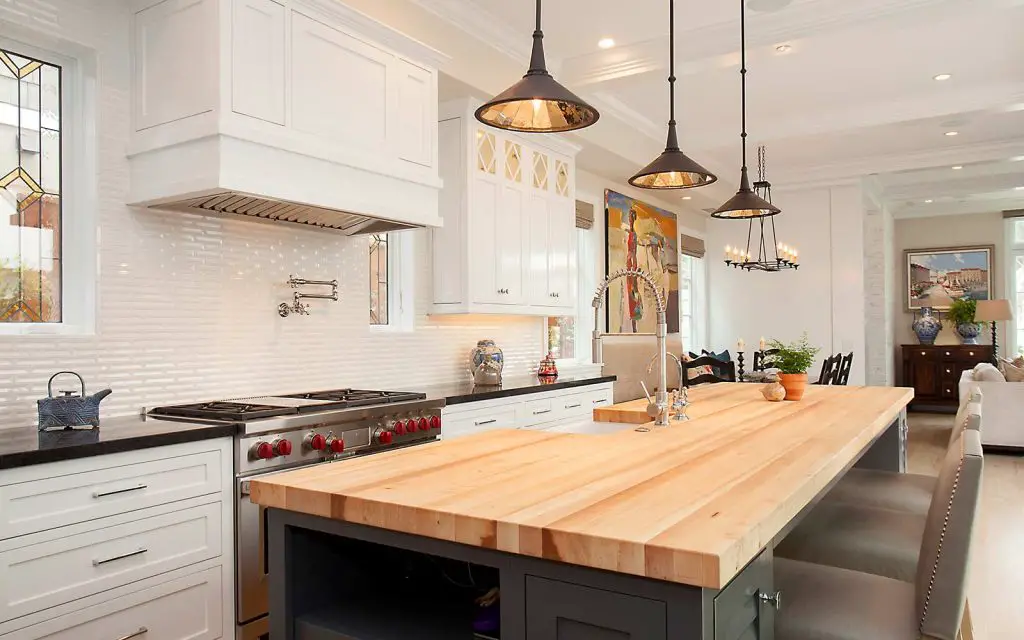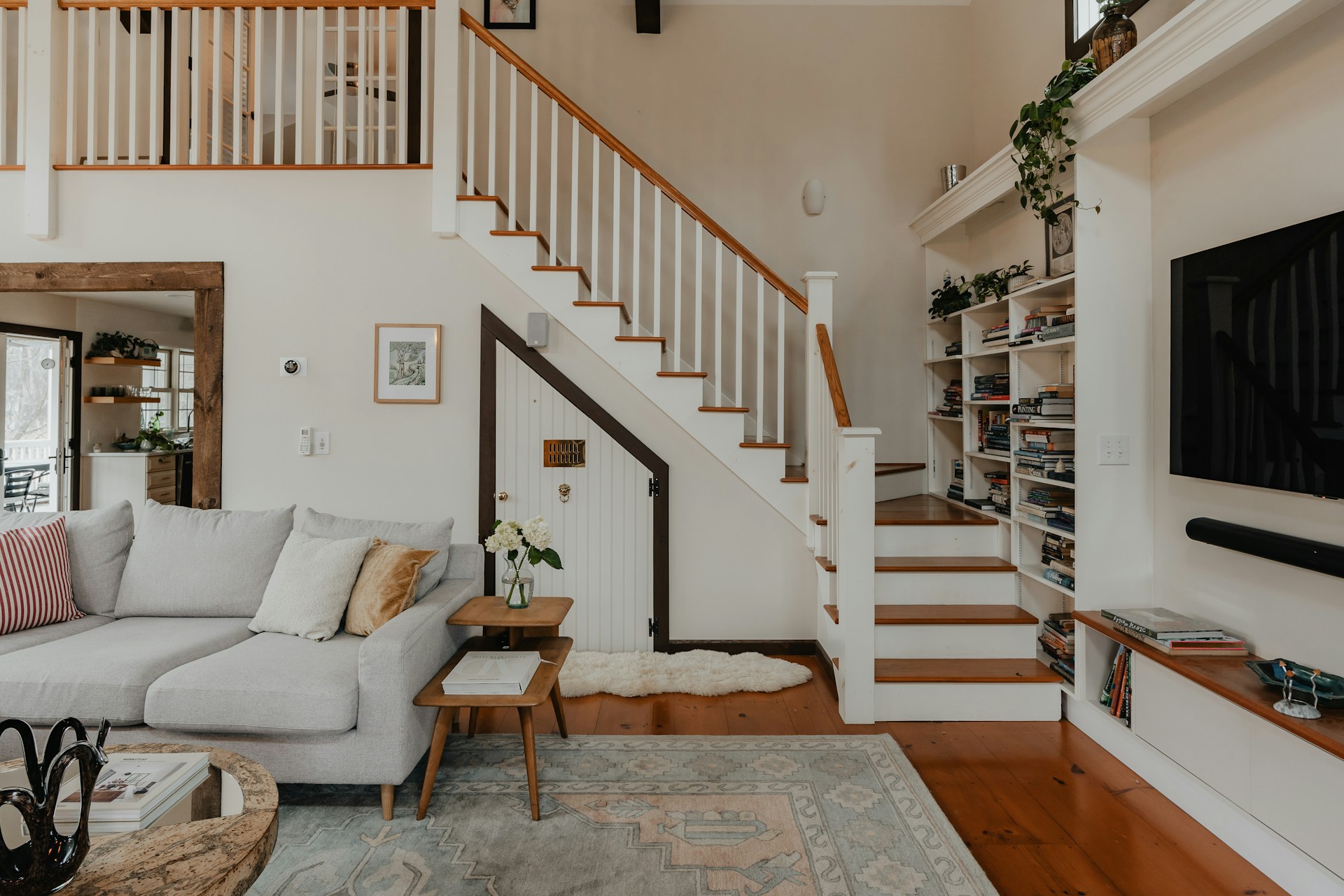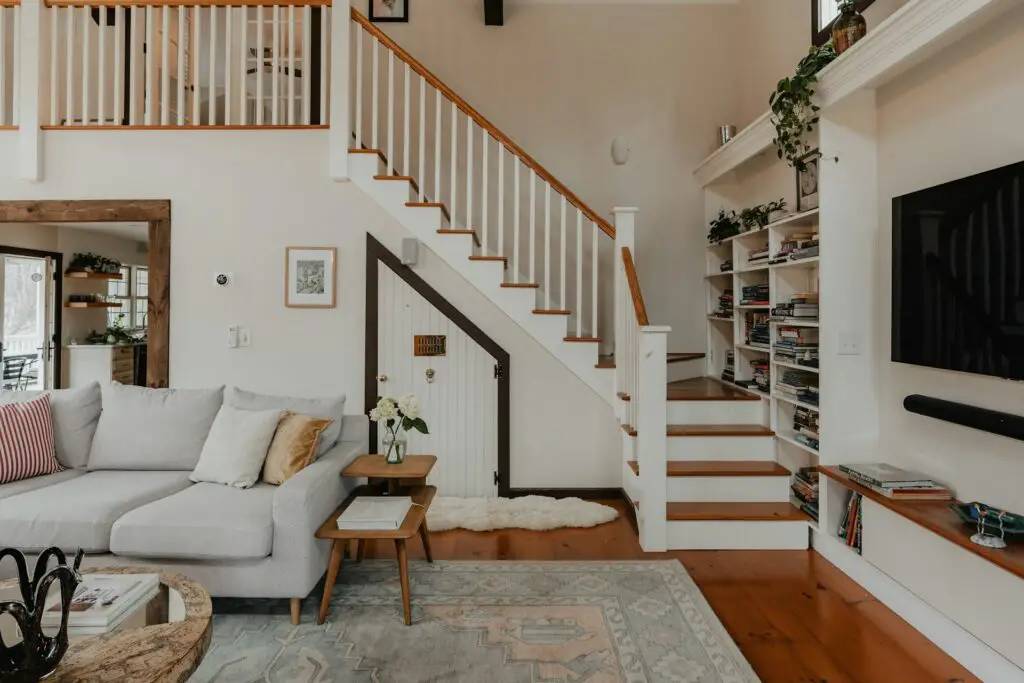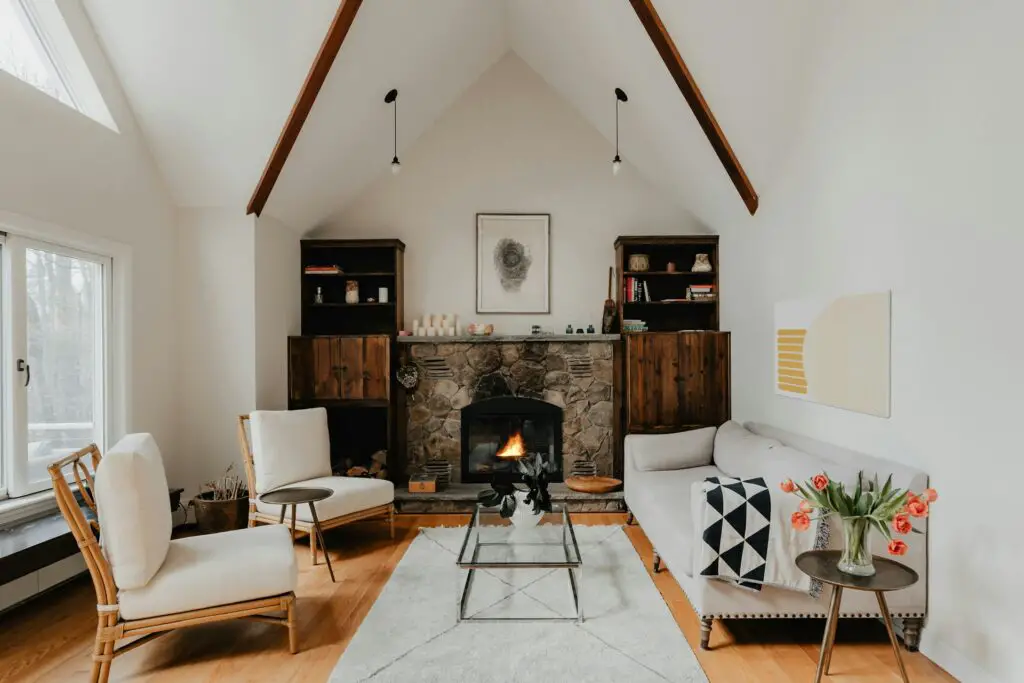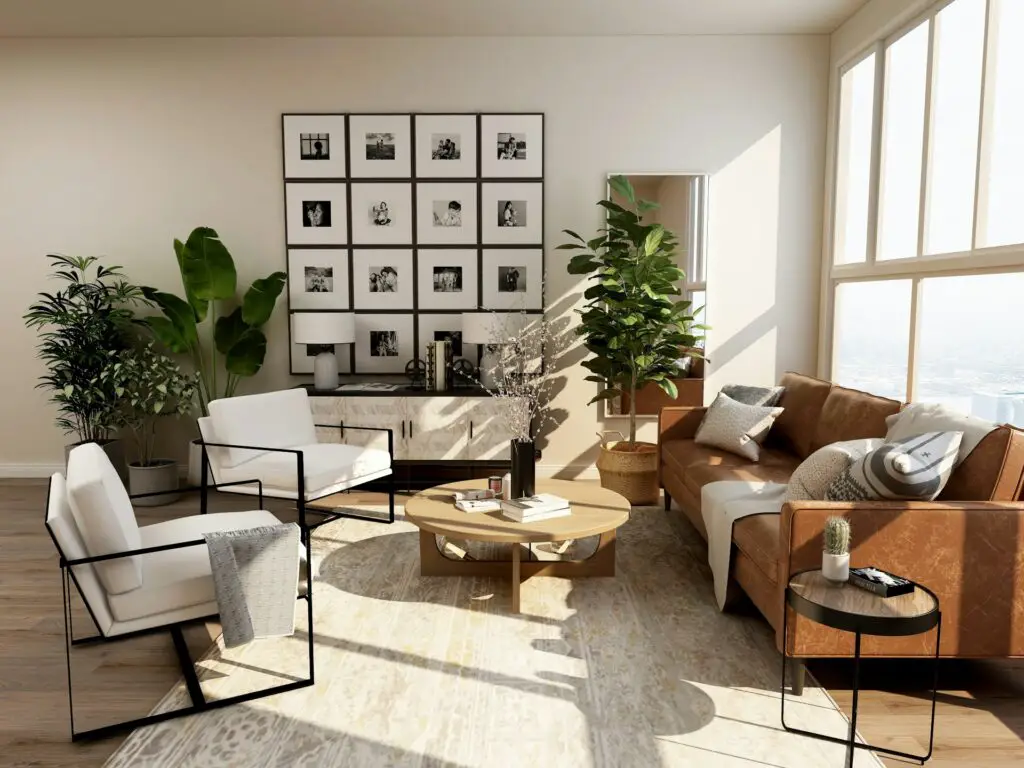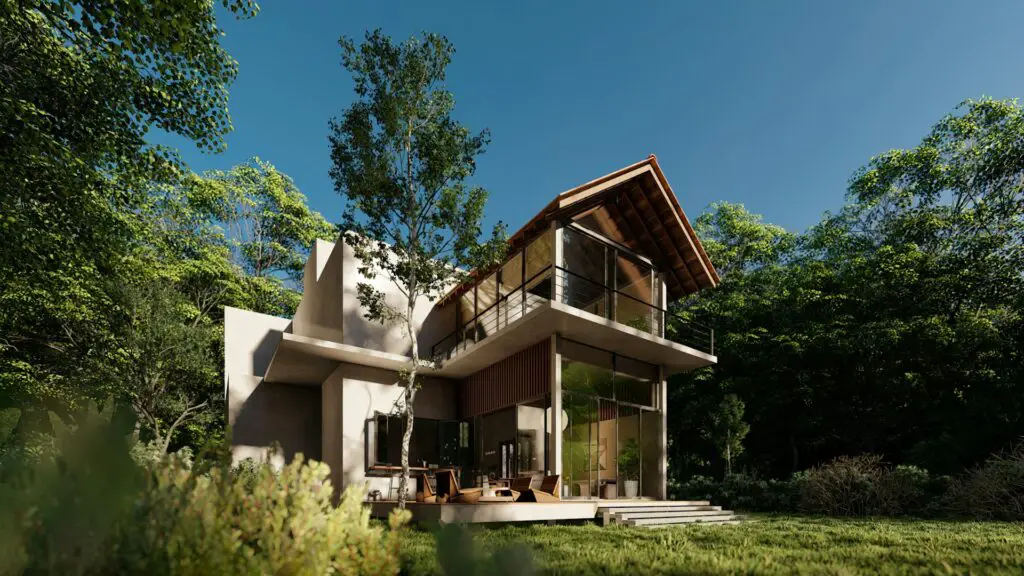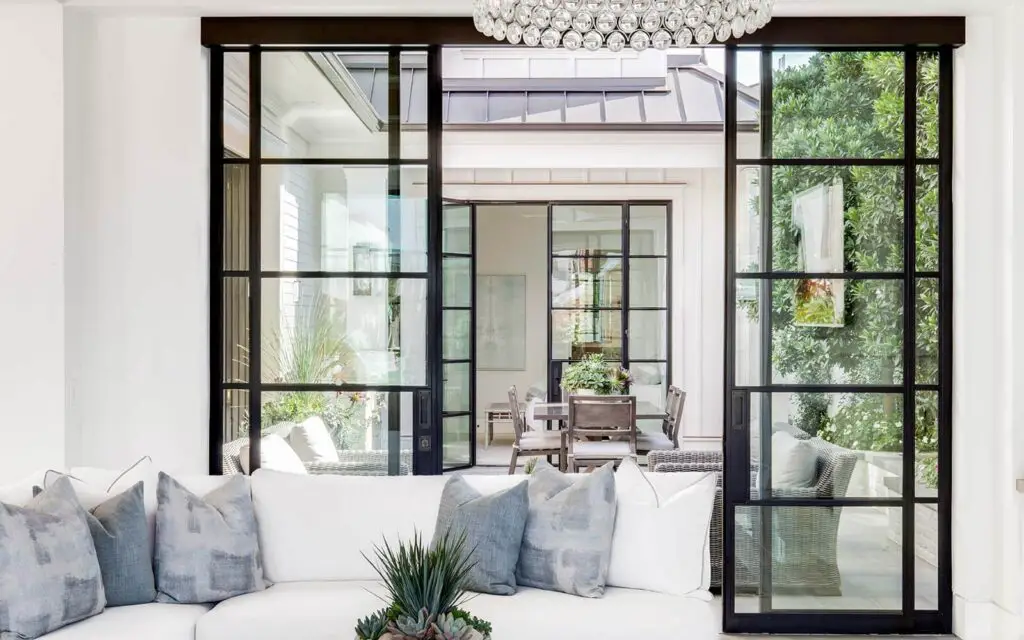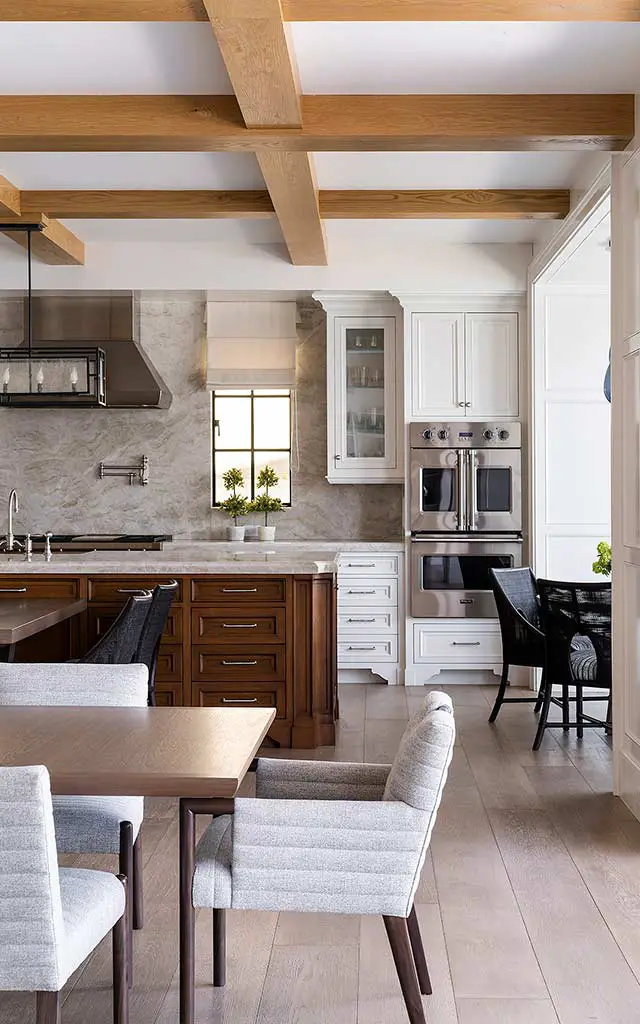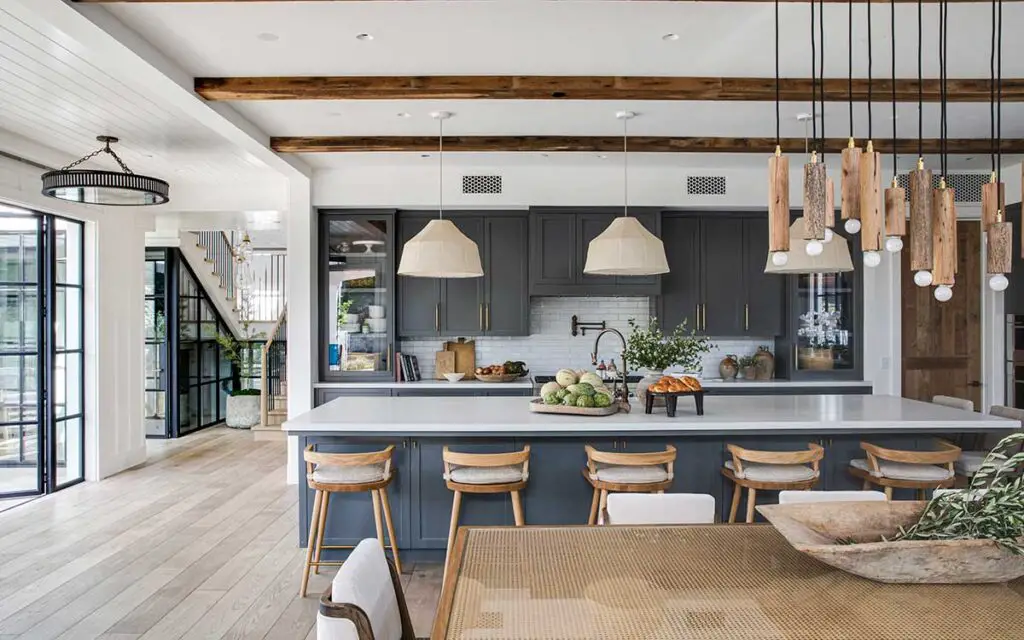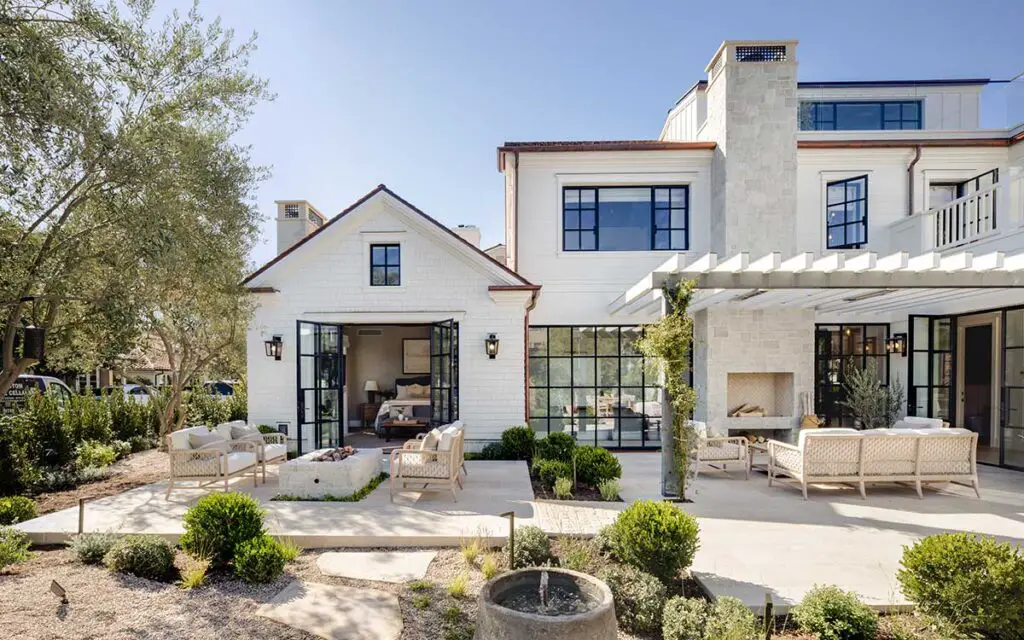As the calendar turns to a new year, many of us feel inspired to refresh our spaces and embrace positive changes. Why not channel that energy into making your home more eco-friendly? Sustainable home improvements don’t just help the planet—they can also lower utility bills and create a healthier environment for you and your family.

Here are some simple and impactful ideas to get started on your green home transformation.
1. Upgrade to Energy-Efficient Appliances
Energy-efficient appliances are a cornerstone of sustainable living. If your refrigerator, washer, or dishwasher is due for a replacement, look for models with the ENERGY STAR label. These appliances use significantly less energy and water than older models, which means lower utility bills and a smaller carbon footprint.
Pro Tip: Don’t forget to properly recycle your old appliances to keep them out of landfills.
2. Switch to LED Lighting
LED bulbs are an easy and affordable way to make your home more energy-efficient. They use up to 75% less energy than traditional incandescent bulbs and last significantly longer, reducing waste over time. Bonus: LED lights are available in a variety of styles to suit any room in your home.
3. Install a Smart Thermostat
A smart thermostat is a great investment for both comfort and energy savings. These devices learn your heating and cooling preferences and adjust automatically, ensuring your home is cozy when you’re there and conserving energy when you’re not. Many models can even be controlled from your smartphone for ultimate convenience.
4. Seal Air Leaks and Improve Insulation

Drafty windows and doors can cause your heating and cooling systems to work overtime. Sealing gaps with weatherstripping or caulking can improve energy efficiency dramatically. Similarly, upgrading your home’s insulation—especially in the attic—can prevent heat loss and make your home more comfortable year-round.
5. Embrace Water-Saving Upgrades
Water conservation is just as important as saving energy. Simple upgrades like low-flow showerheads, faucets, and toilets can significantly reduce water usage without sacrificing performance. You’ll save money on water bills while contributing to a more sustainable future.
Bonus Tip: Consider installing a rain barrel to collect water for outdoor use, such as gardening or washing your car.
6. Incorporate Sustainable Materials
If you’re planning a renovation, opt for eco-friendly materials like bamboo, cork, or reclaimed wood for flooring and furniture. These materials are durable, stylish, and much kinder to the environment than their conventional counterparts.
7. Reduce Waste with a Compost Bin
A compost bin is an excellent way to reduce household waste while creating nutrient-rich soil for your garden. Start composting kitchen scraps like fruit peels, coffee grounds, and eggshells, and watch your waste output shrink.
8. Go Green with Indoor Plants
Houseplants not only beautify your space but also improve air quality by filtering toxins and increasing oxygen levels. Start with low-maintenance varieties like snake plants, pothos, or peace lilies to enjoy a greener, healthier home.
9. Switch to Sustainable Cleaning Products

Ditch harsh chemicals in favor of eco-friendly cleaning products that are safe for your home and the environment. Look for options with biodegradable ingredients and reusable or recyclable packaging. Alternatively, make your own cleaners using simple ingredients like vinegar and baking soda.
Final Thoughts
Starting the new year with eco-friendly home improvements is a meaningful way to invest in your future. Whether you’re making small changes like switching to LED bulbs or embarking on larger projects like upgrading insulation, every step you take contributes to a greener, healthier world.
Let this be the year your home becomes a haven for sustainable living!




